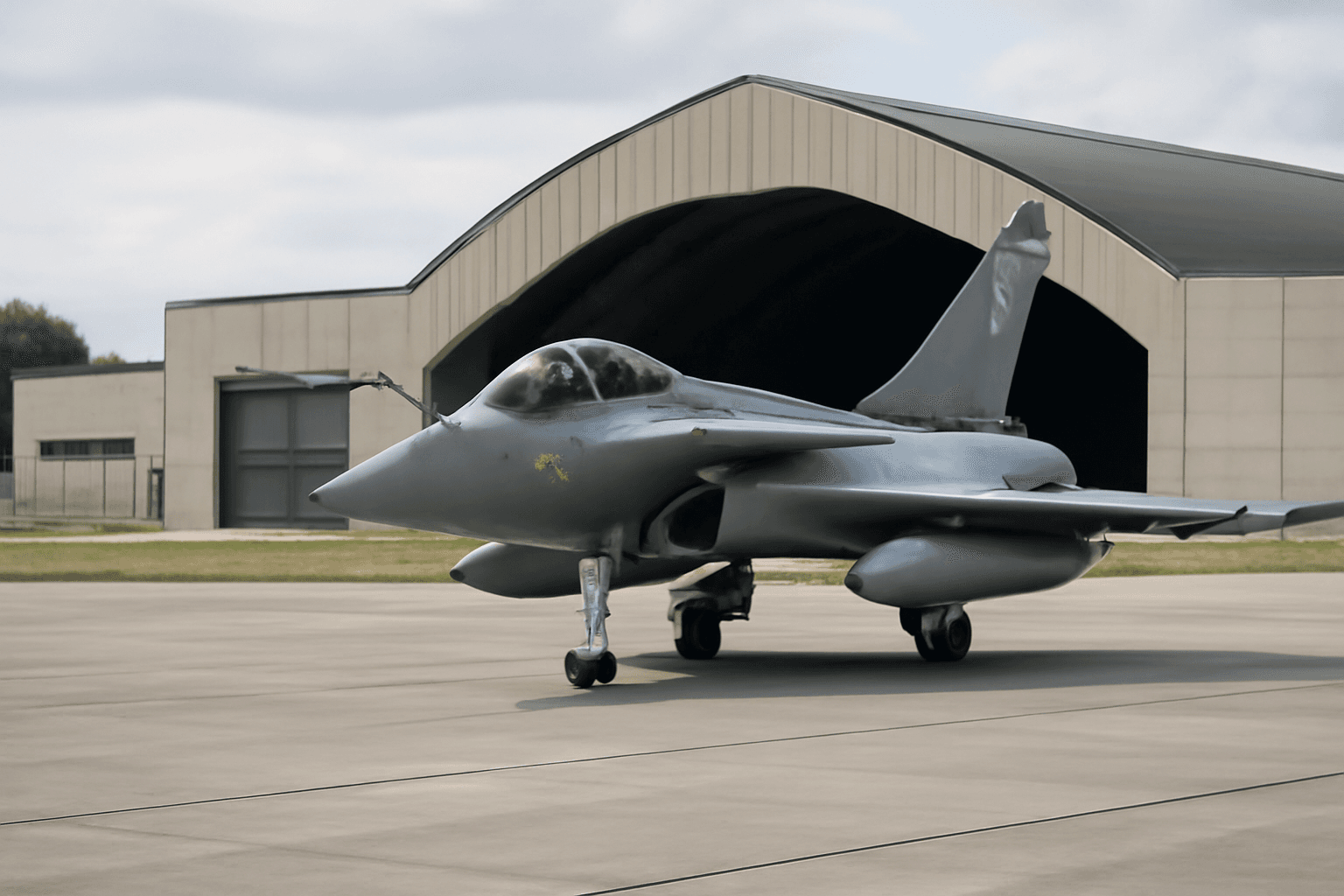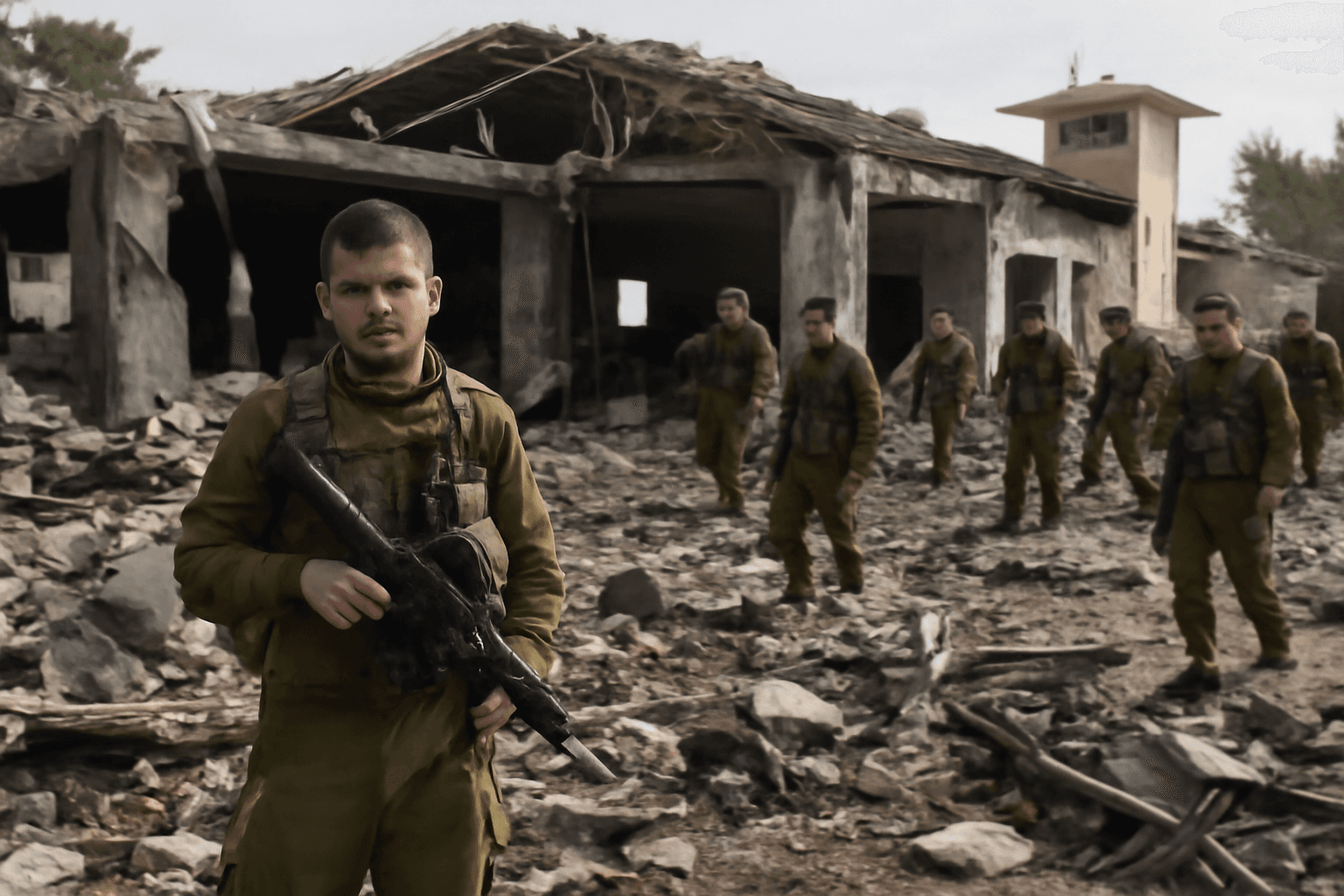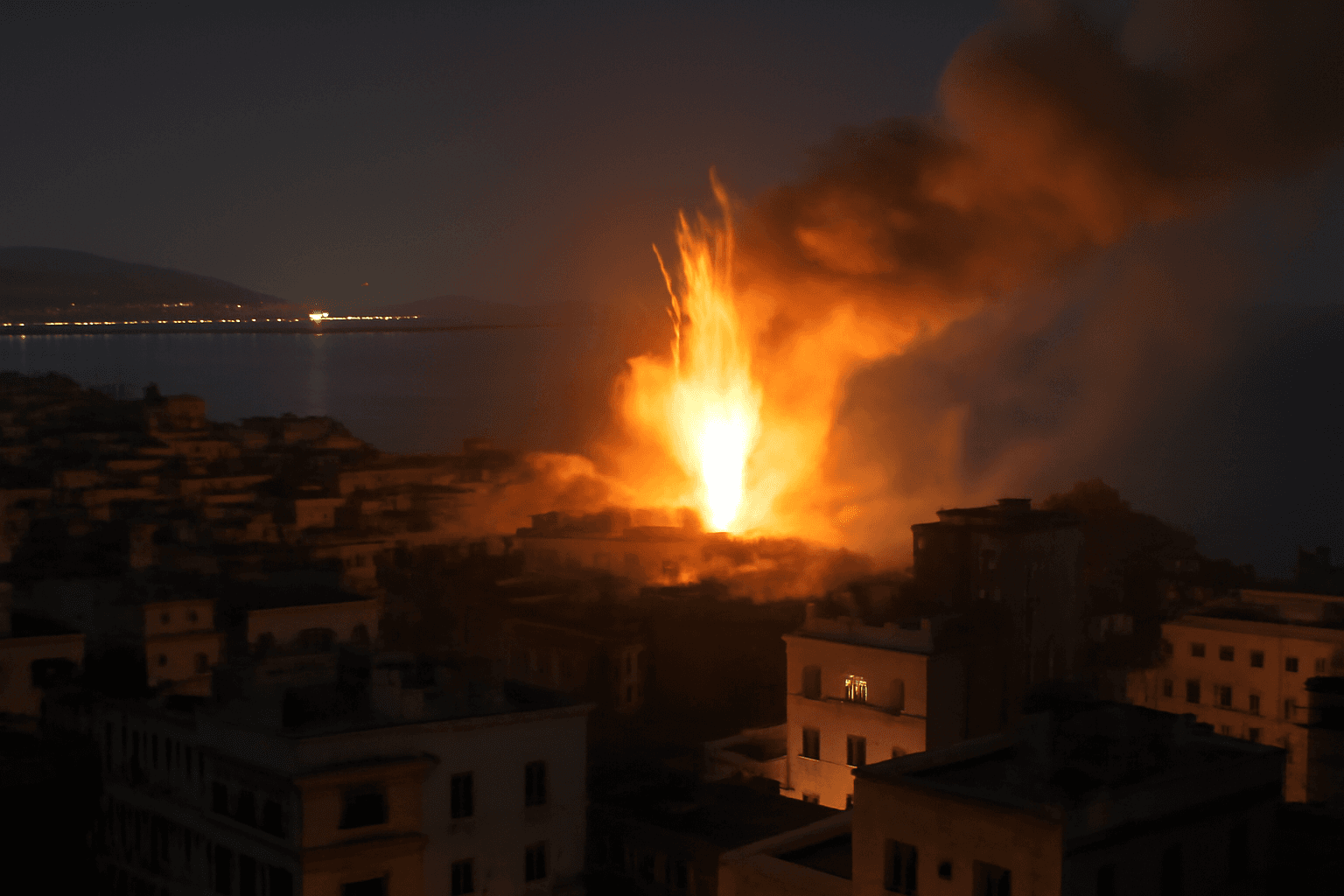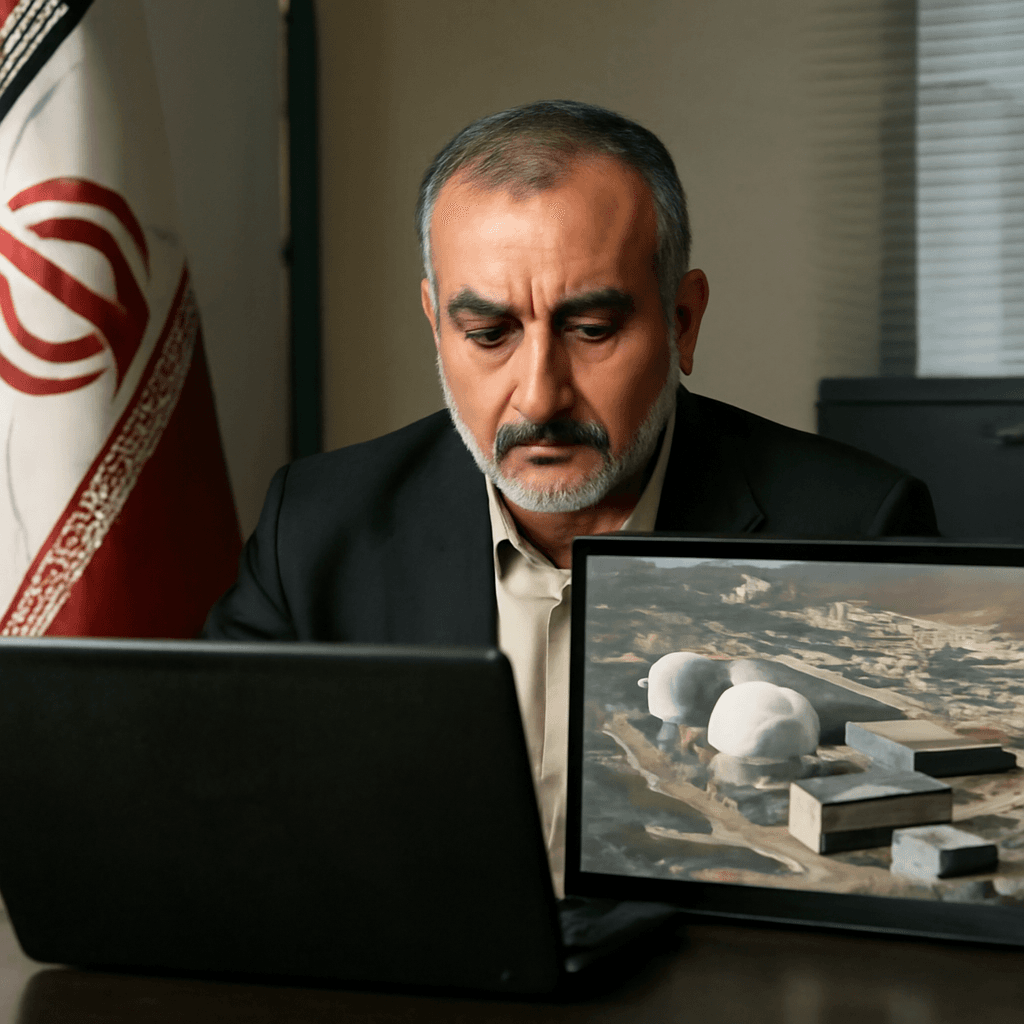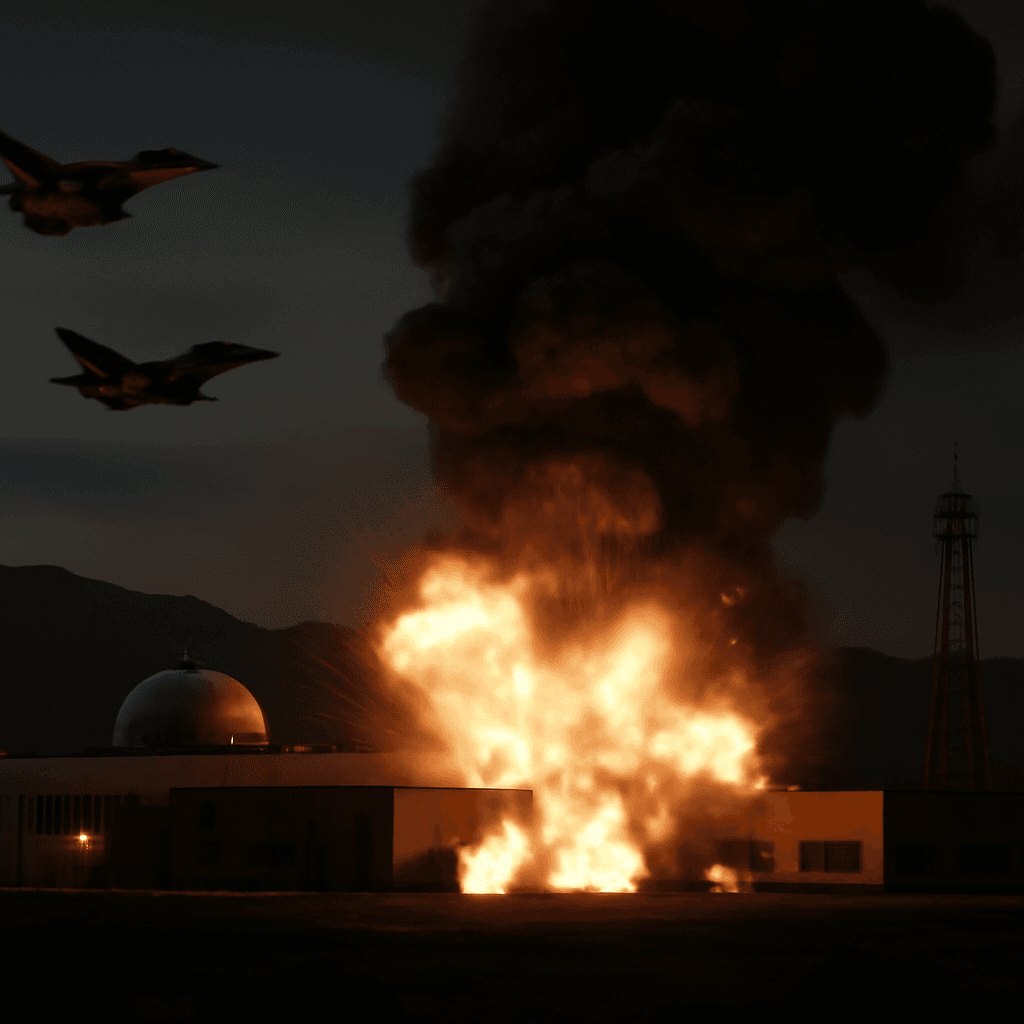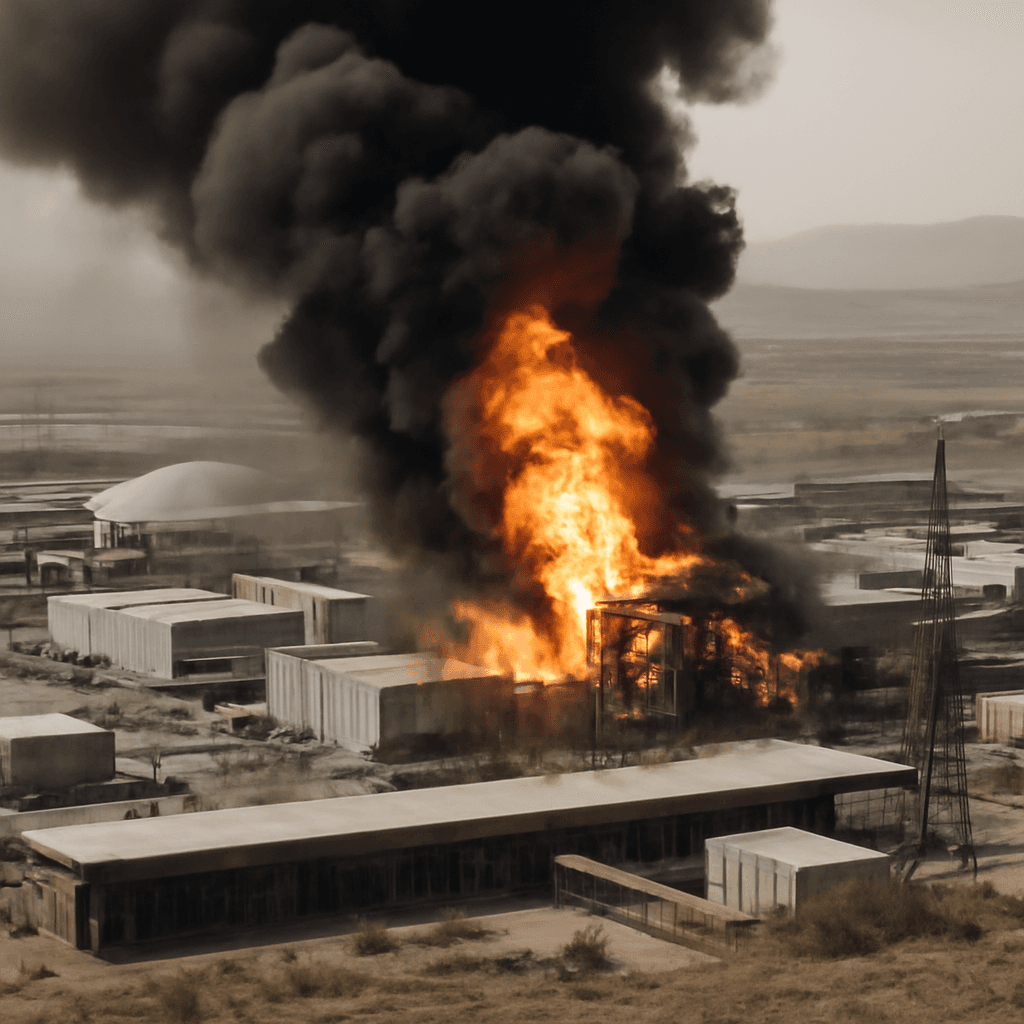Israel Launches Major Airstrike Against Iranian Nuclear and Missile Facilities
In a bold overnight operation, the Israeli Air Force deployed 40 fighter jets to strike multiple targets deep within Iranian territory. According to official announcements, over 100 precision-guided munitions were released against a range of facilities linked to Iran's nuclear program, missile manufacturing, and air defense systems.
Targeting the Controversial Arak Heavy Water Reactor
One of the primary targets was the IR-40 heavy water reactor near Arak, located around 280 kilometers southwest of Tehran. This reactor has attracted intense international attention due to its potential for producing plutonium, a material critical in nuclear weapons development.
Though the Arak reactor was not operational, its partially completed construction has long raised concerns. Under the 2015 nuclear agreement, Iran had promised to alter the reactor to prevent weapons-grade plutonium production. However, Israeli officials claim this commitment was not fully honored.
The Israel Defense Forces stated, "This nuclear reactor in Arak was created for one purpose: to build a nuclear bomb. It has now been neutralized."
The International Atomic Energy Agency (IAEA), which monitors Iran’s nuclear activities, confirmed the facility was struck but emphasized that the reactor was still under construction, contained no nuclear material, and that no radiological impact was detected.
Simultaneous Attack Near Natanz Nuclear Site
At the same time, Israeli warplanes targeted a site near Natanz, a hub for uranium enrichment and nuclear development. The IDF identified this facility as critical for advancing Iran’s nuclear weapons projects, housing unique components and equipment that accelerate weaponization.
This isn’t the first time Israel has struck Natanz. Past covert operations and cyberattacks have targeted centrifuge assembly and uranium enrichment infrastructure, notably disrupting Iran’s nuclear progress.
Operation Rising Lion: Strategic Aims and Future Prospects
The Israeli offensive has been codenamed Operation Rising Lion. Brigadier General Effie Defrin, the IDF spokesperson, explained the mission’s objective is to "eliminate the existential threat to the State of Israel, significantly damage Iran's nuclear program in all its components, and severely impact its missile array."
The operation also targeted a missile production plant that supplied anti-tank weapons to Hezbollah in Lebanon—arms that have been used in recent cross-border clashes since the Gaza conflict reignited in late 2023.
Though Iranian state media minimized the impact of the strikes, denying any significant damage or radiation risk, no official casualty reports have been released by Iran so far.
Regional Implications and the Road Ahead
These airstrikes signal a clear escalation in Israel's campaign to curtail Iran's nuclear ambitions. By striking both nuclear and missile sites across several cities including Tehran, Isfahan, Shiraz, and Kermanshah, Israel demonstrates both reach and resolve.
With additional targets identified, Israeli military officials warn that operations will persist as long as necessary to neutralize threats posing a danger to national security.





